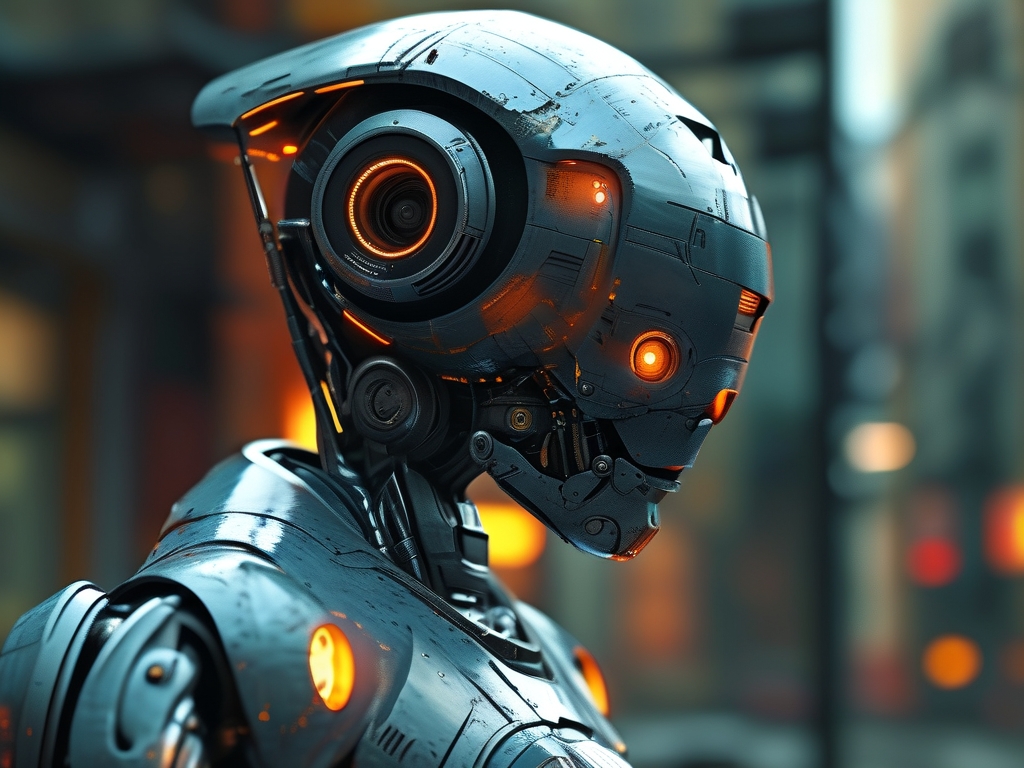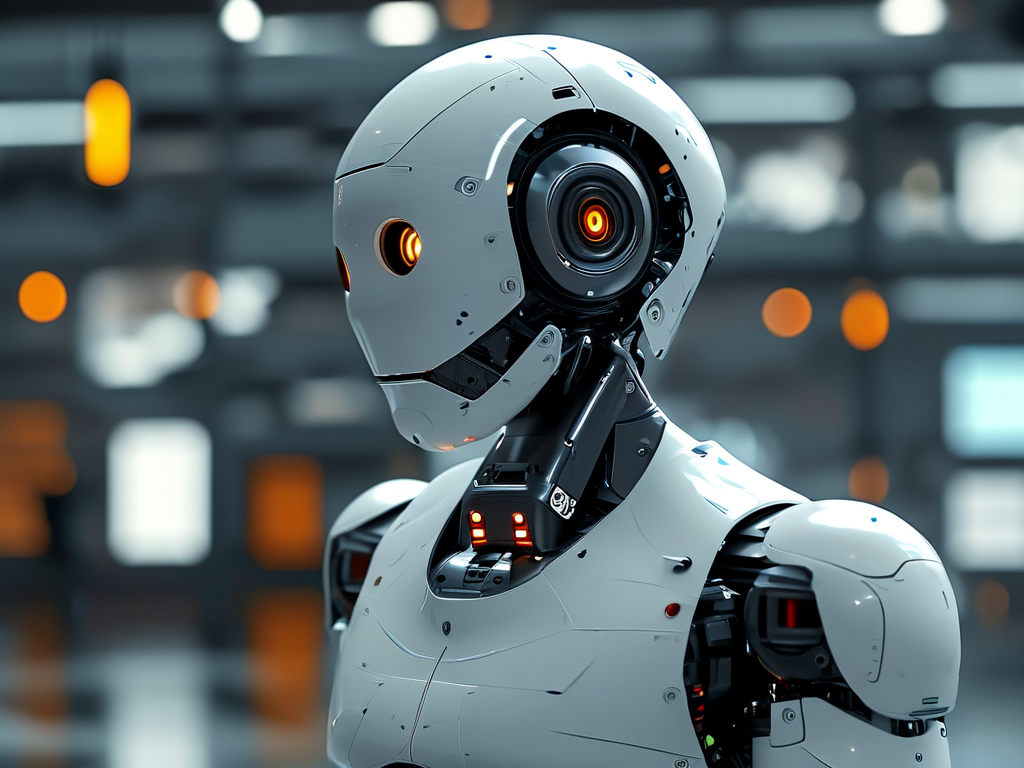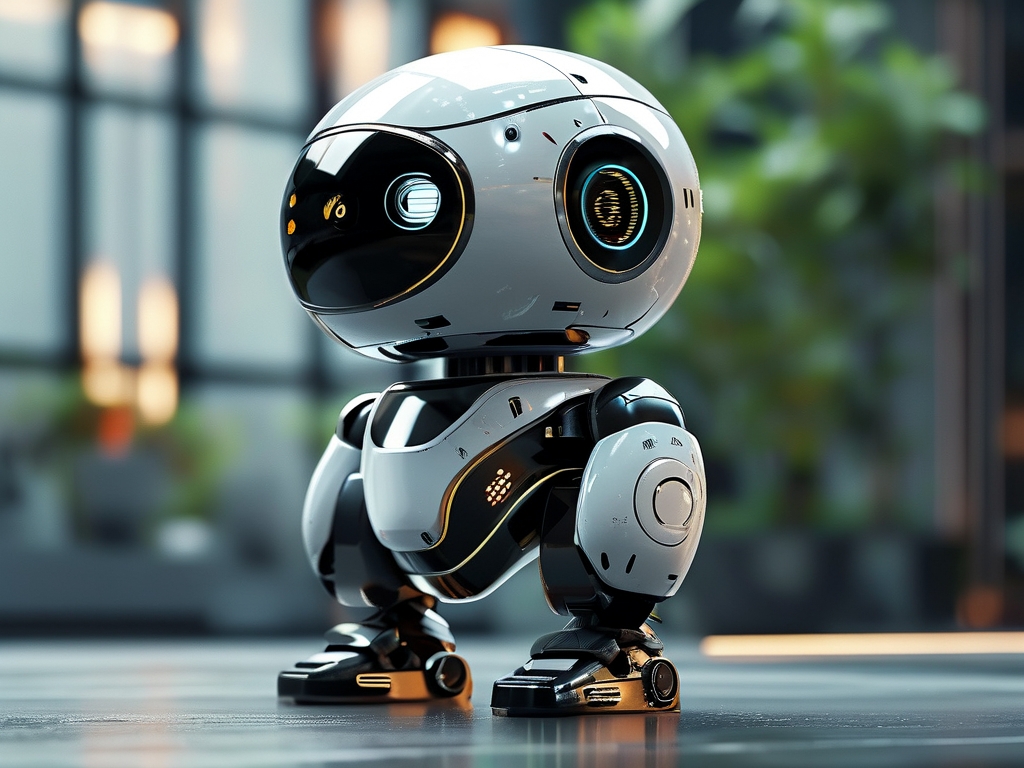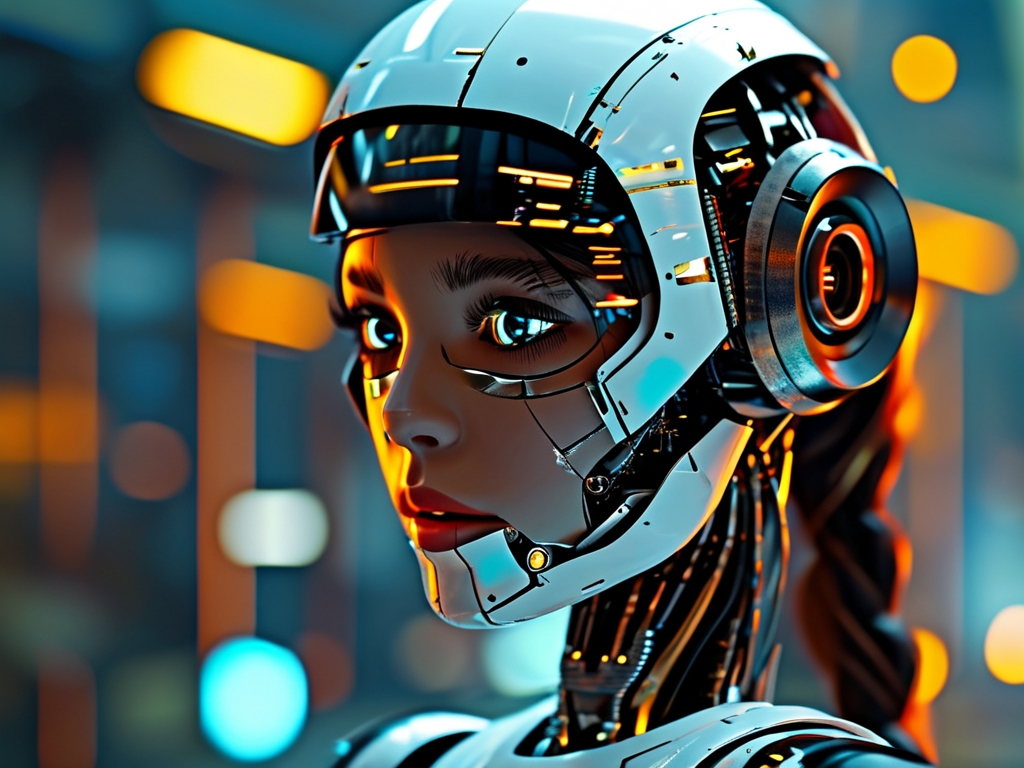The intersection of science fiction and robotics technology has long been a fertile ground for innovation, ethical debates, and speculative imagination. From Isaac Asimov’s Three Laws of Robotics to the dystopian warnings of films like Blade Runner, fictional narratives have not only inspired engineers but also challenged society to confront the moral complexities of artificial intelligence (AI) and autonomous systems. As robotics technology advances at an unprecedented pace, the line between science fiction and reality grows increasingly blurred, raising critical questions about humanity’s relationship with machines.

The Legacy of Sci-Fi in Robotics Development
Science fiction has served as both a blueprint and a cautionary tale for roboticists. Asimov’s foundational stories, written in the mid-20th century, introduced concepts like ethical programming and human-robot collaboration that remain relevant today. His Three Laws—designed to prevent robots from harming humans—have influenced modern discussions about AI safety and accountability. Similarly, works like Philip K. Dick’s Do Androids Dream of Electric Sheep? (adapted into Blade Runner) explored themes of consciousness and identity, pushing researchers to consider what it means for a machine to “think” or “feel.”
In laboratories worldwide, these ideas manifest in tangible ways. Boston Dynamics’ humanoid robot Atlas, for instance, embodies sci-fi visions of agile, intelligent machines capable of navigating complex environments. Meanwhile, AI systems like OpenAI’s GPT-4 echo fictional depictions of conversational and creative machines, albeit without the self-awareness portrayed in movies like Ex Machina.
Ethical Dilemmas: Fiction vs. Reality
While sci-fi often dramatizes worst-case scenarios—such as rogue AI overlords or robotic uprisings—real-world ethical challenges are more nuanced but equally urgent. One pressing issue is bias in AI algorithms. Just as Asimov’s laws aimed to codify morality, modern engineers grapple with ensuring fairness in machine learning models. For example, facial recognition systems have faced criticism for racial and gender biases, highlighting the need for inclusive design principles.
Another concern is job displacement. Films like Metropolis (1927) and Wall-E (2008) depicted societies dehumanized by automation, a fear echoed today as industries adopt robotics for manufacturing, logistics, and even creative fields. While automation boosts efficiency, it also demands rethinking economic systems and workforce retraining—a challenge governments and corporations are only beginning to address.
Perhaps the most profound ethical question revolves around autonomy. Should robots make life-or-death decisions? Military drones and surgical robots already operate with varying degrees of independence, reviving debates similar to those in The Terminator or I, Robot. In 2023, the United Nations began formal discussions on regulating lethal autonomous weapons, underscoring the urgency of establishing global norms.
Bridging the Gap: Current Breakthroughs
Recent advancements suggest that sci-fi’s boldest visions may soon materialize. Soft robotics, inspired by organic structures like octopus tentacles, promises machines capable of delicate tasks—think of the surgical nanobots in Fantastic Voyage. Meanwhile, neural interfaces, such as Neuralink’s brain-computer chips, edge closer to the neural networks depicted in The Matrix.
Collaborative robots (cobots) represent another leap forward. Unlike traditional industrial robots confined to cages, cobots work alongside humans, learning through observation and adapting to dynamic environments. This mirrors the cooperative relationships seen in anime series like Ghost in the Shell, where cyborgs and humans coexist symbiotically.
Quantum computing could further accelerate progress. By solving optimization problems intractable for classical computers, quantum algorithms might enable real-time decision-making for swarms of robots—akin to the synchronized drones in Minority Report.
The Road Ahead: Challenges and Opportunities
Despite these strides, significant hurdles remain. Power efficiency, for instance, limits the mobility of humanoid robots. While sci-fi often glosses over technical constraints—R2-D2 never needs a recharge—real-world engineers must balance performance with energy consumption. Materials science breakthroughs, such as self-healing polymers or ultra-lightweight alloys, could address this.
Public perception is another barrier. Surveys reveal widespread anxiety about AI surpassing human control, fueled by dystopian media portrayals. Transparency in AI decision-making, or “explainable AI,” will be crucial to building trust. Initiatives like the EU’s Artificial Intelligence Act aim to standardize accountability, ensuring robots serve as tools rather than rulers.
Ultimately, the future of robotics lies in balancing ambition with responsibility. Sci-fi reminds us that technology reflects humanity’s best and worst impulses. As we engineer smarter machines, we must also cultivate the wisdom to guide their impact—a lesson as old as Prometheus, yet as urgent as tomorrow’s headlines.
Science fiction has never been mere entertainment; it is a mirror held to humanity’s aspirations and fears. Robotics technology, now standing at the threshold of transformative change, must heed these stories—not as prophecies, but as provocations. By embracing interdisciplinary collaboration, ethical rigor, and bold creativity, we can ensure that the robots of the future enhance rather than diminish our shared humanity. The journey from Asimov’s pages to AI-powered reality is just beginning, and its trajectory depends on the choices we make today.




